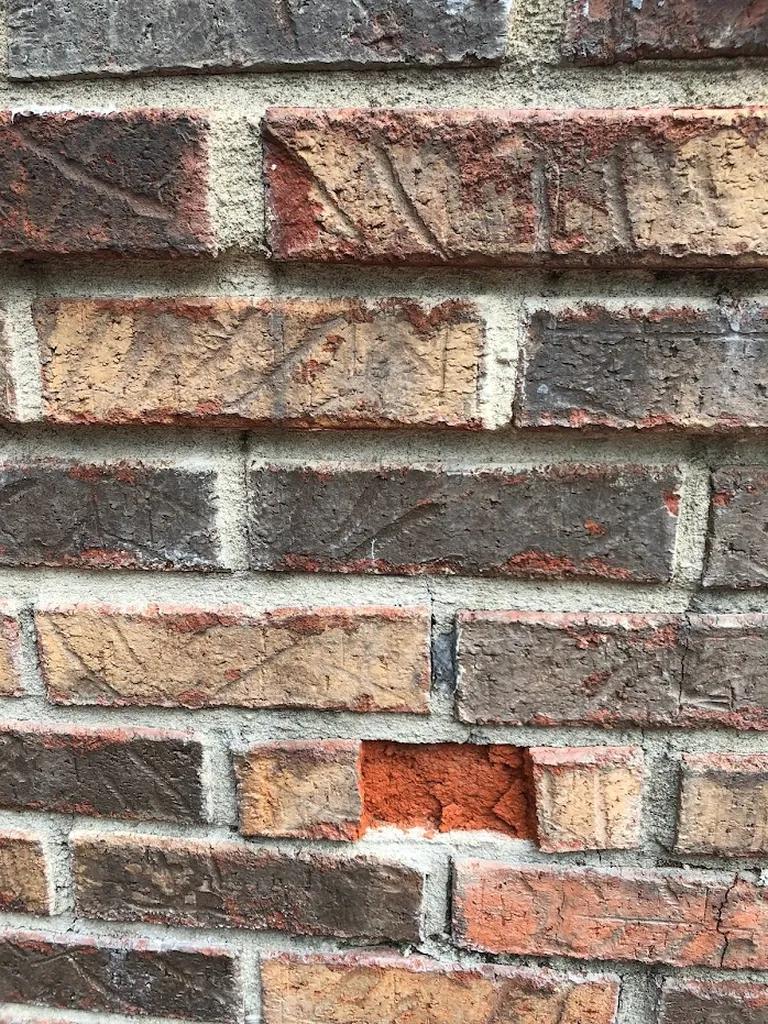Fireplaces are a beloved feature in many homes, providing warmth, ambiance, and a focal point for gatherings. However, cracks around the fireplace can not only be unsightly but also indicate potential structural issues that need to be addressed. In this article, we will explore the common causes of cracks around fireplaces and how to effectively address and prevent them to ensure the safety and longevity of your home.
Table of Contents
- Identification of different types of cracks around the fireplace
- Potential causes of cracks and structural implications
- Effective solutions for repairing and preventing cracks in fireplace structures
- Q&A
- Final Thoughts

Identification of different types of cracks around the fireplace
Cracks around the fireplace can be a common issue that homeowners face, and it is essential to identify the different types of cracks to address them effectively. One type of crack that may be present is a hairline crack, which is typically small and may not cause immediate structural damage. However, it is essential to monitor these cracks and address them promptly to prevent any further issues.
Another type of crack that may be found around the fireplace is a vertical crack, which can indicate more significant structural problems. Vertical cracks may be a sign of foundation issues or settling of the fireplace, and it is crucial to consult with a professional to assess the severity of the crack. **Regular inspections and maintenance** can help prevent cracks from worsening and ensure the safety and integrity of the fireplace.

Potential causes of cracks and structural implications
Cracks around a fireplace can be a common sight in many homes, but it’s important to understand the potential causes and structural implications they may have. These cracks can not only be unsightly but also indicate underlying issues that need to be addressed promptly. Some potential causes of cracks around a fireplace include:
- Settling of the foundation
- Excessive heat exposure
- Moisture damage
- Structural movement
These cracks can lead to serious structural implications if left untreated. They can compromise the integrity of the fireplace and even pose safety hazards. It’s crucial to address these cracks as soon as possible to prevent further damage and ensure the safety of your home and loved ones.

Effective solutions for repairing and preventing cracks in fireplace structures
Cracks in fireplace structures can be a common issue that homeowners face, but with the right knowledge and tools, they can be effectively repaired and prevented. It is important to understand the different types of cracks that can occur, such as hairline cracks, settlement cracks, and structural cracks. Identifying the cause of the crack is crucial in determining the best solution for repairing and preventing further damage.
One effective solution for repairing cracks in fireplace structures is using a high-quality mortar mix to fill in the gaps. By carefully applying the mortar mix and smoothing it out, you can ensure that the crack is properly sealed and will not worsen over time. Additionally, using a fireplace sealant can help to prevent future cracks from forming by providing an extra layer of protection against heat and moisture. Regular inspection and maintenance of the fireplace structure can also help to catch any cracks early on and address them before they become a larger issue.
Q&A
Q: What are common causes of cracks around a fireplace?
A: Common causes include settling of the foundation, moisture damage, heat stress, and poor construction.
Q: How can cracks around a fireplace be identified?
A: Cracks around a fireplace can be identified by visual inspection, feeling for gaps or uneven surfaces, and listening for sounds of crumbling or shifting.
Q: What potential risks do cracks around a fireplace pose?
A: Cracks around a fireplace can potentially lead to structural damage, fire hazards, and compromised air quality due to leaks.
Q: How can cracks around a fireplace be repaired?
A: Repairing cracks around a fireplace may involve applying sealants, reinforcing with metal brackets, replacing damaged materials, and addressing underlying issues such as moisture damage.
Q: What preventative measures can be taken to avoid cracks around a fireplace?
A: Preventative measures include regular inspections and maintenance, proper construction techniques, keeping the area around the fireplace well-ventilated, and managing moisture levels.
Final Thoughts
In conclusion, understanding the causes of cracks around your fireplace is essential in order to address the issue effectively. By identifying the underlying factors and implementing the appropriate solutions, you can ensure the safety and longevity of your fireplace. It is always recommended to seek professional help if you are unsure of how to address the cracks effectively. Remember, regular inspection and maintenance are key to keeping your fireplace in optimal condition. Thank you for taking the time to educate yourself on this important topic. Stay safe and enjoy the warmth and comfort of your fireplace responsibly.


